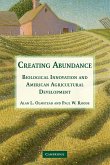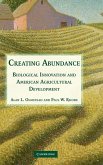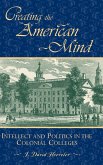If you found the History Channel's Texas Rising Series interesting, you'll want to round out your understanding of Texas history with Creating Texas. It's history that mesmerizes. Even today, countless people at large believe there were no survivors of the Battle of the Alamo. This book goes beyond simple documentation to dispel some myths and clarify some of the realities. The authors don't decorate or revise history but rather try to illuminate it, and to show not the shadow but the substance of the subject. Seldom-addressed facts, details and vignettes are woven into the tapestry of the text to tell the entire story of the Texas Revolution, which had its own sweeping and extensive aftermath. In the attempt to pierce the armor and enter the sanctum of early 19th-century personality and character, this book also includes biographical sketches of the major and minor participants - key foreground players as well as everyday background folks, on both sides of this monumental struggle. A special section is devoted to the three most iconic Alamo defenders, often referred to collectively as "The Alamo's Holy Trinity": William Barret Travis, the garrison's 26-year-old commander; David Crockett, one of the oldest combatants to die in the battle; and James Bowie, perhaps the most misunderstood of all Alamo defenders, and a classic, enduring historical example of the common trap in which an exception becomes the rule. As prophets aren't appreciated in their own lands, none of these three men were native to the area but each has become legendary. Those who were part of the Texas Revolution - brave people, young and old, and on both sides of the conflict, who lived and suffered through it and others who died during it - were as alive then as we are today.
Hinweis: Dieser Artikel kann nur an eine deutsche Lieferadresse ausgeliefert werden.
Hinweis: Dieser Artikel kann nur an eine deutsche Lieferadresse ausgeliefert werden.








